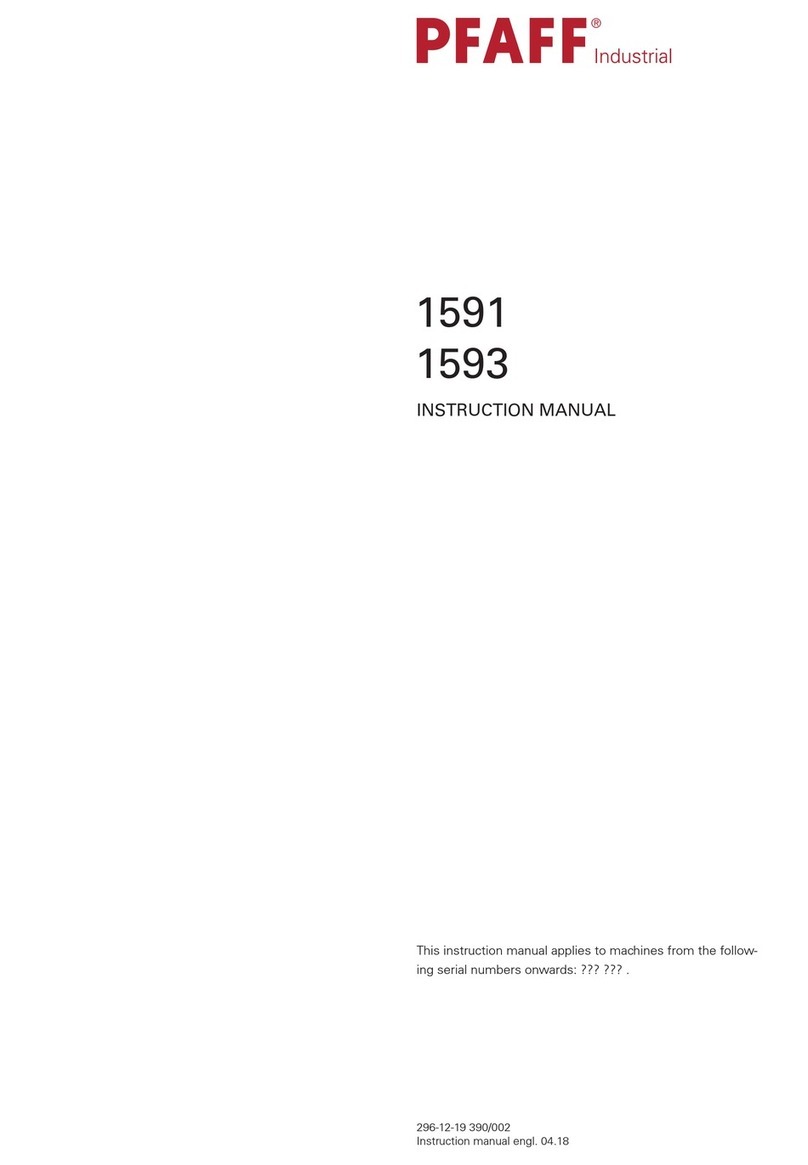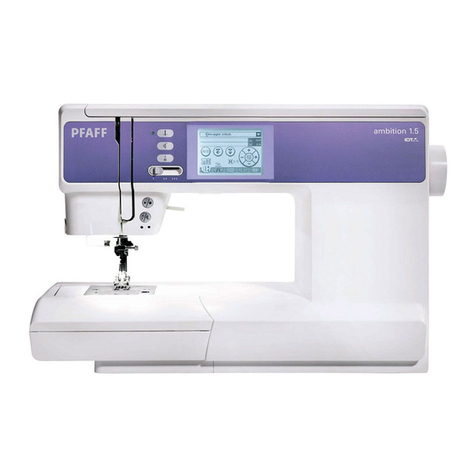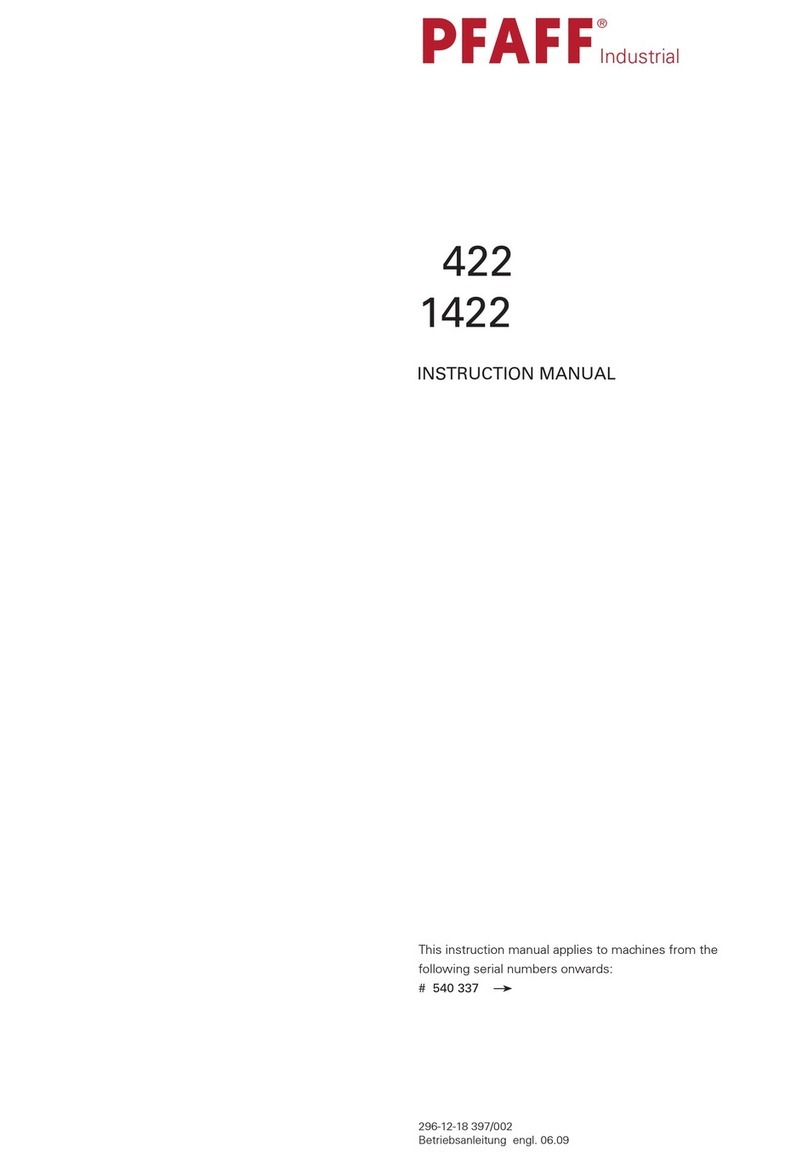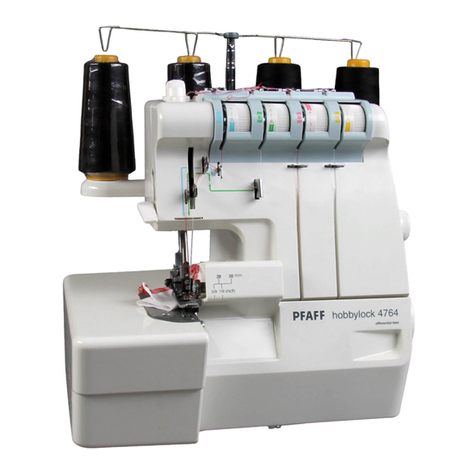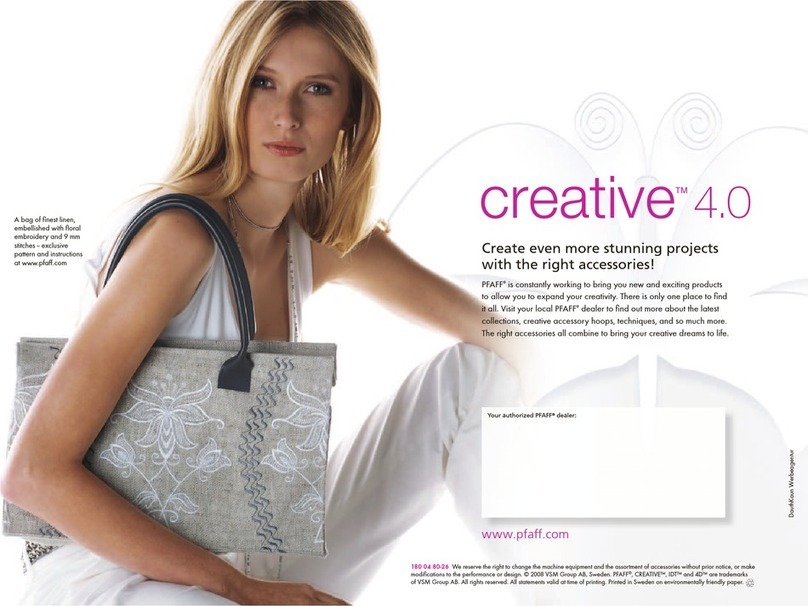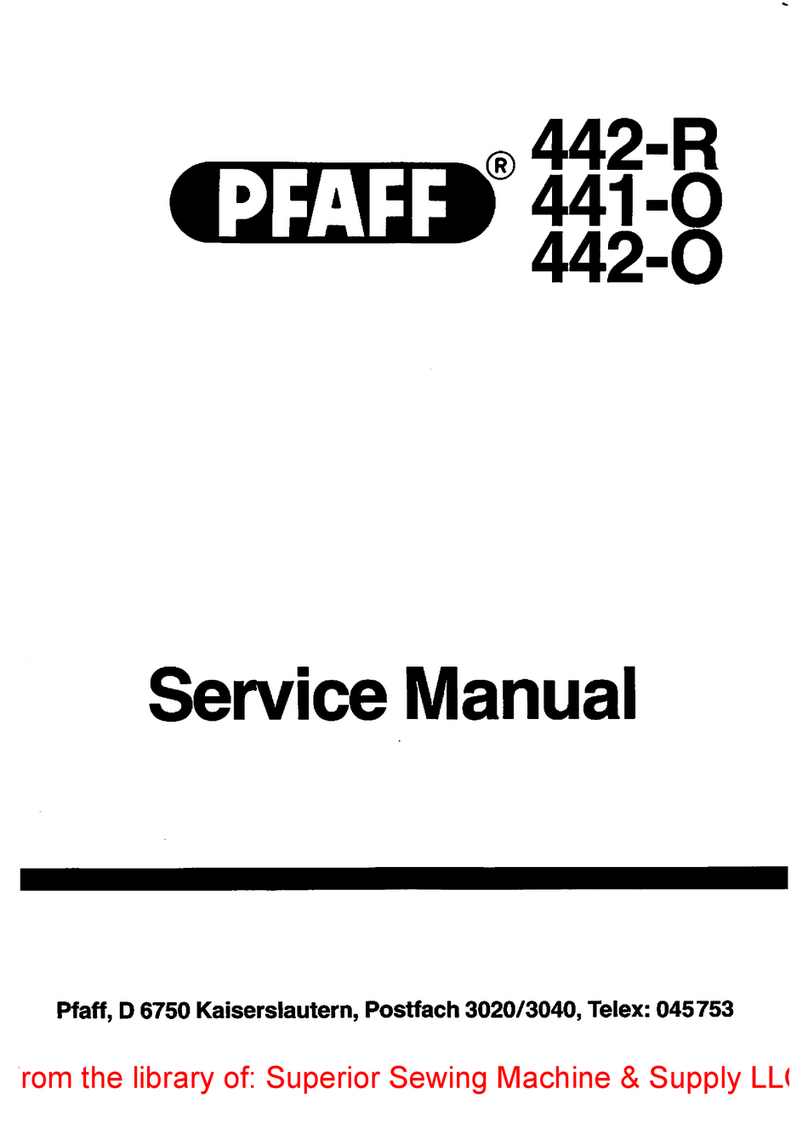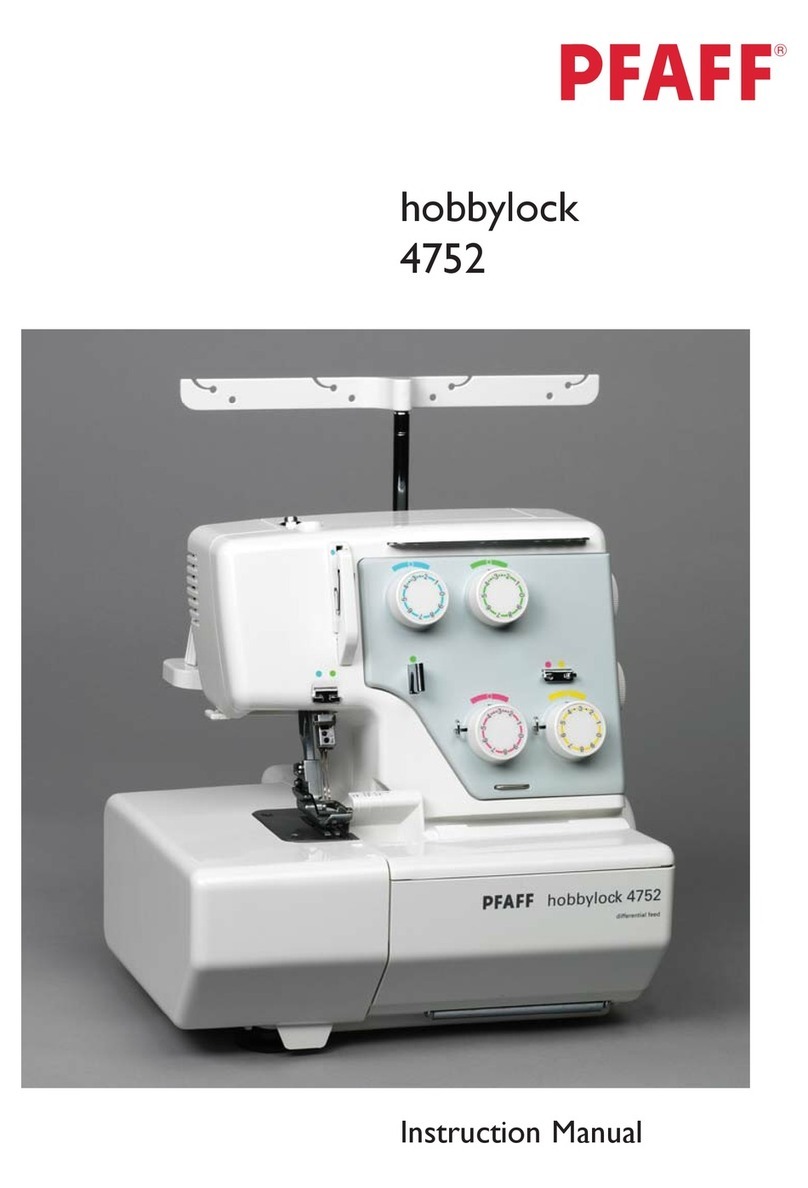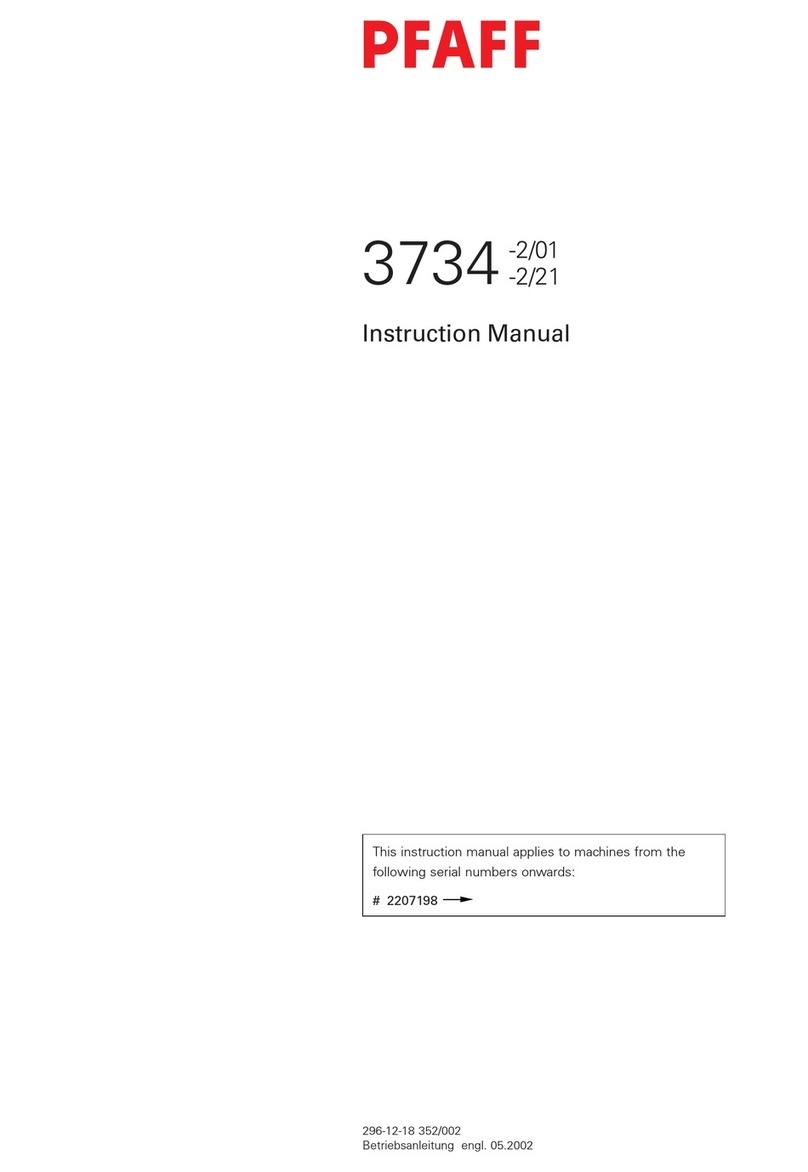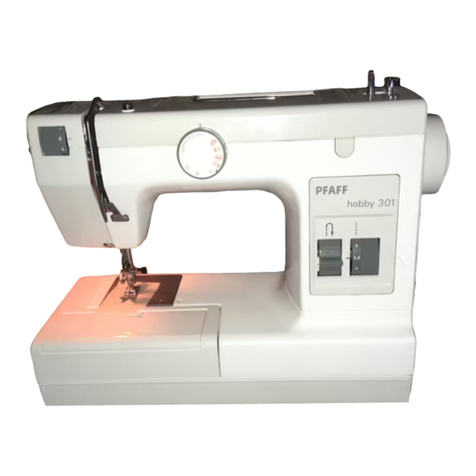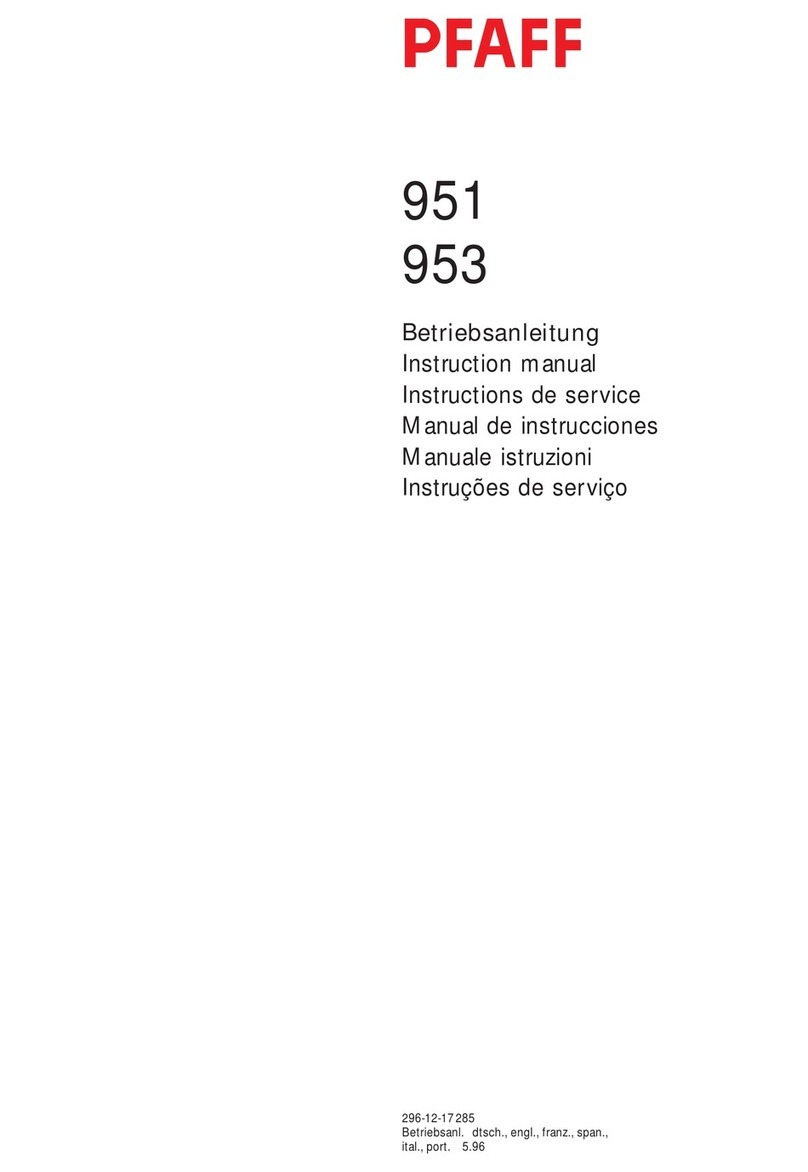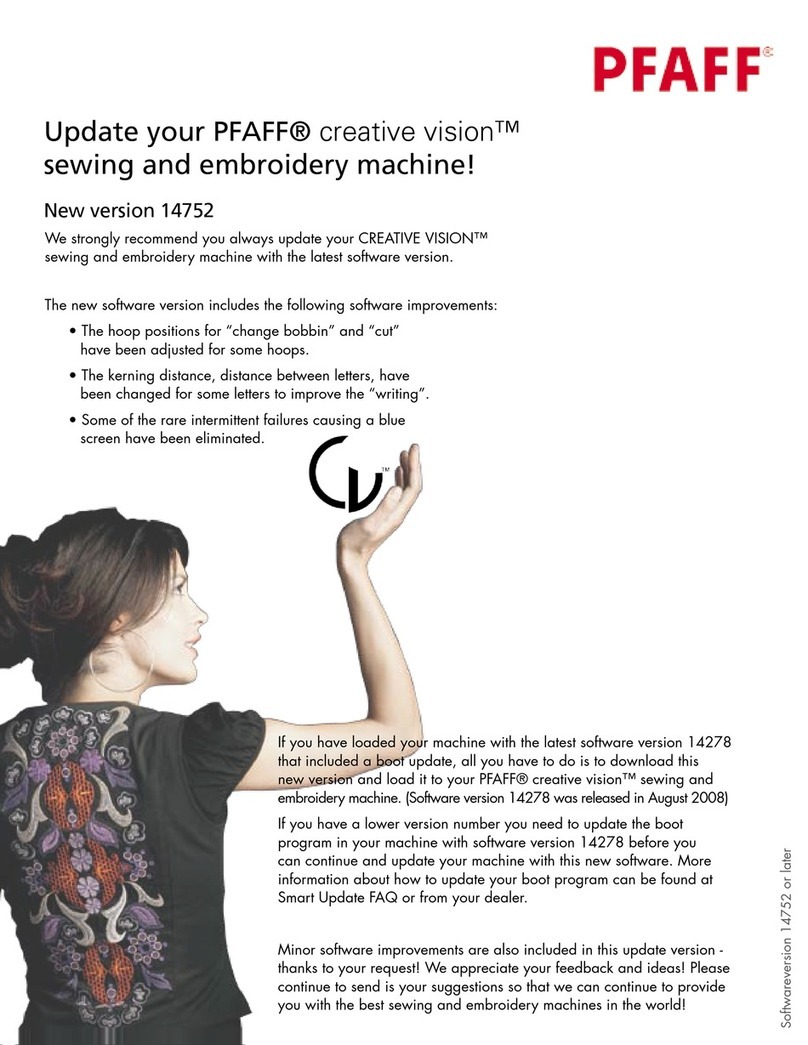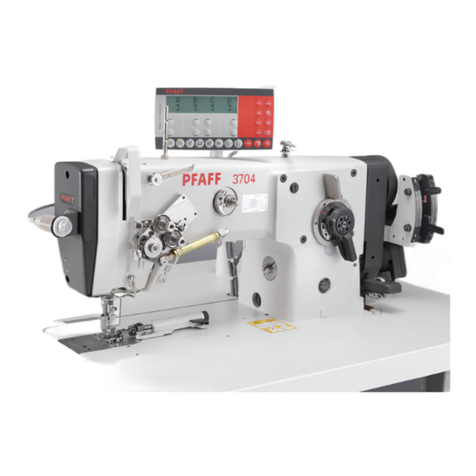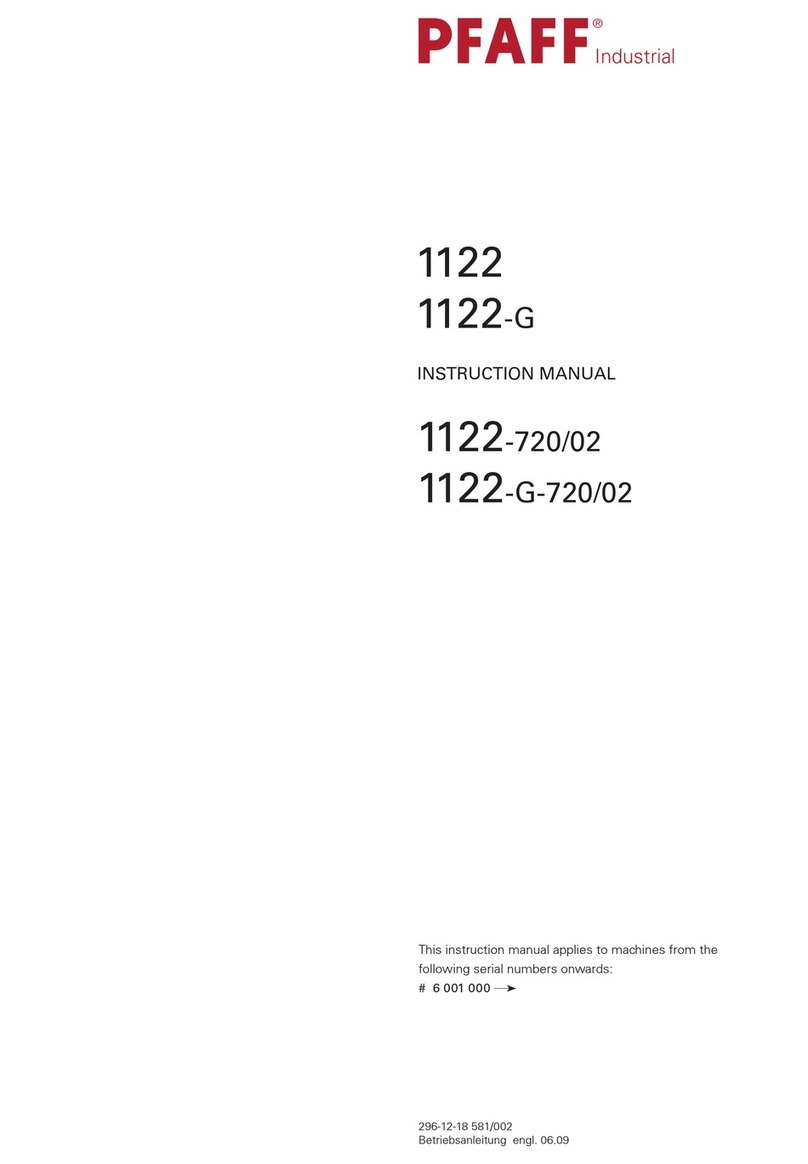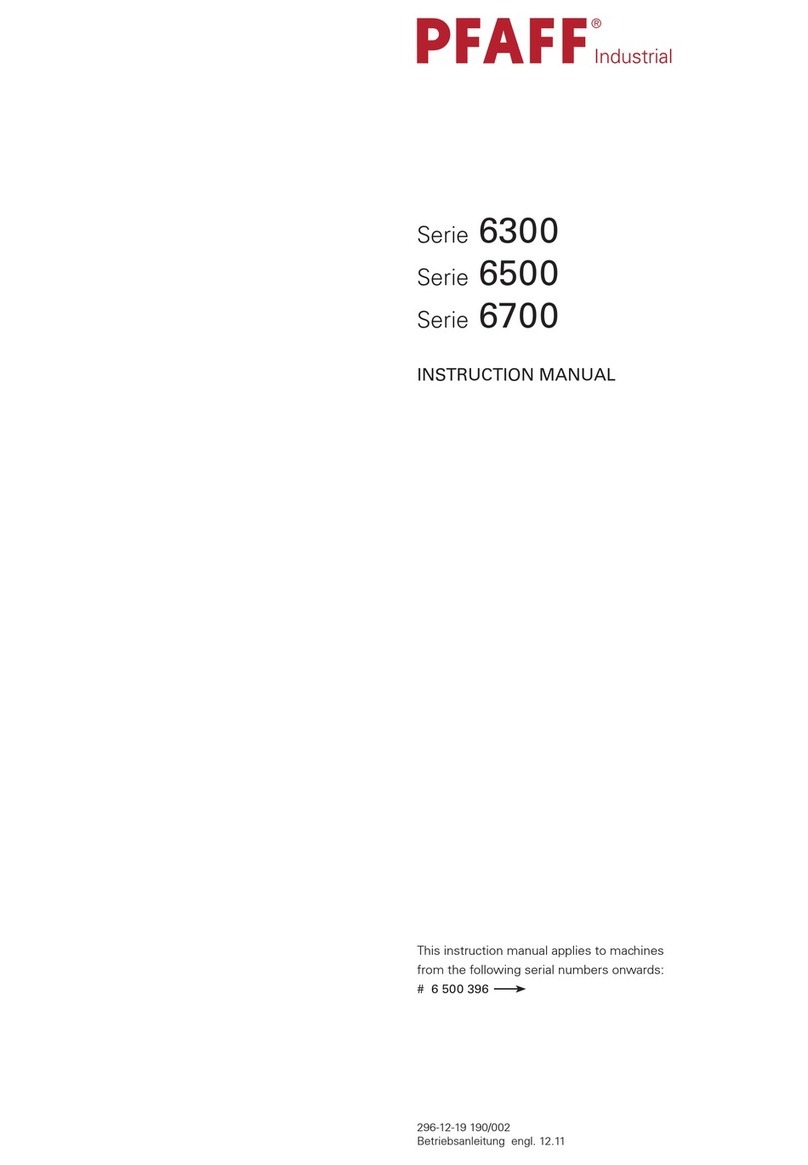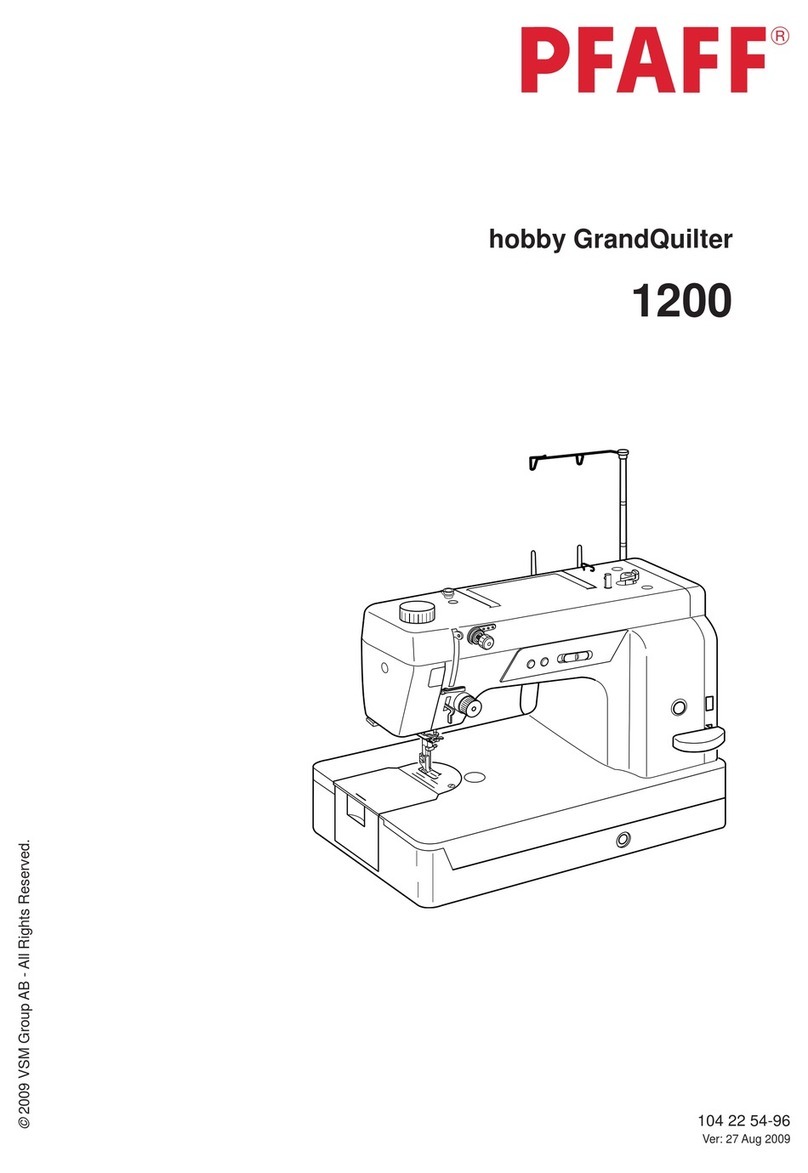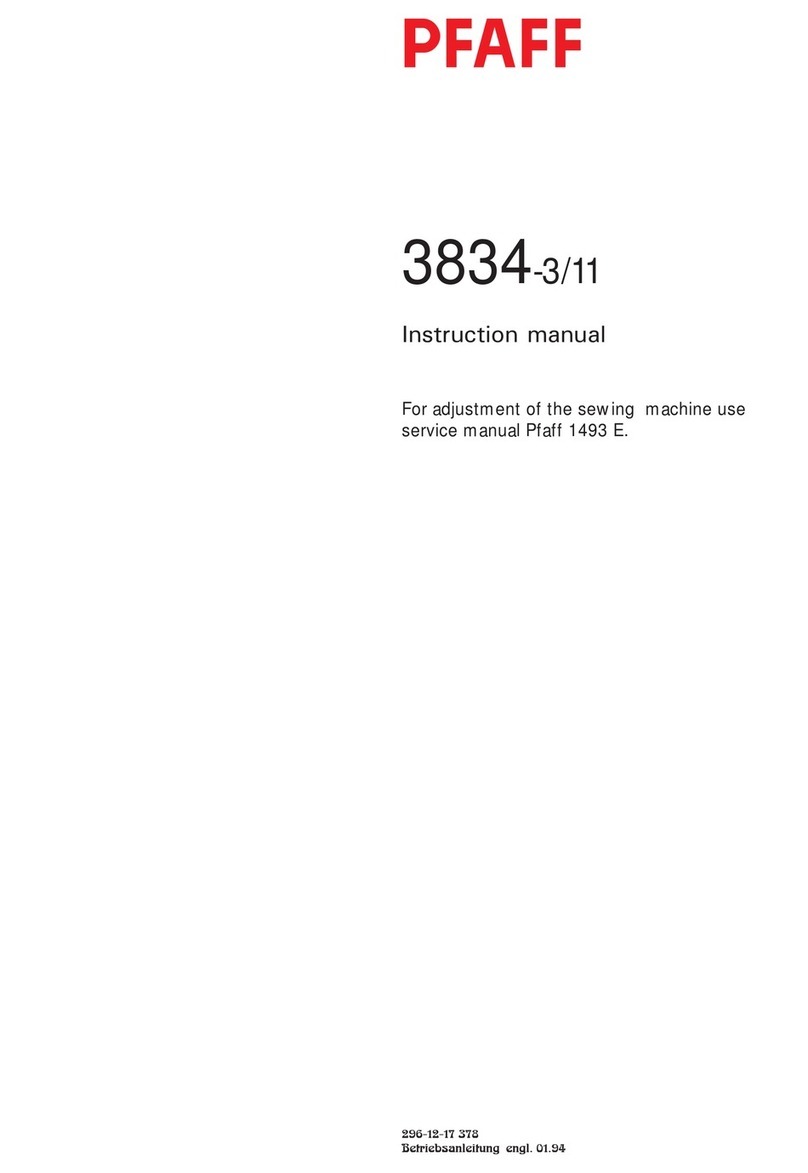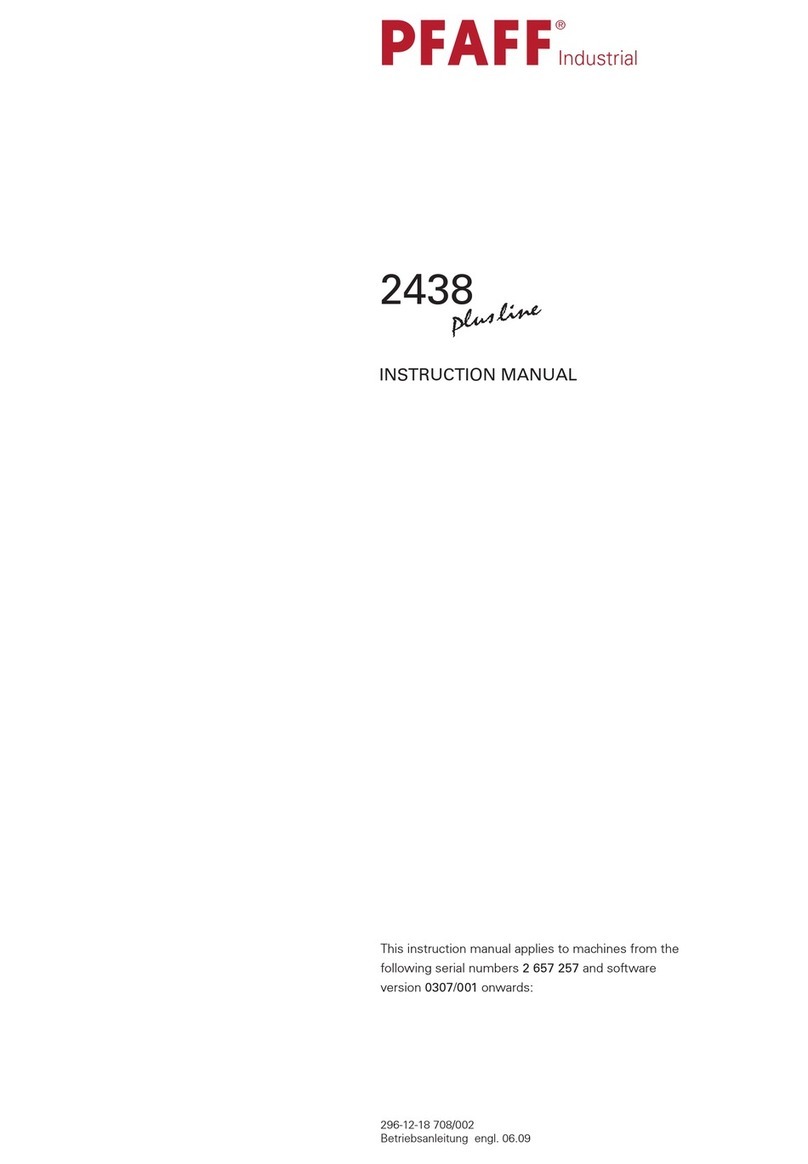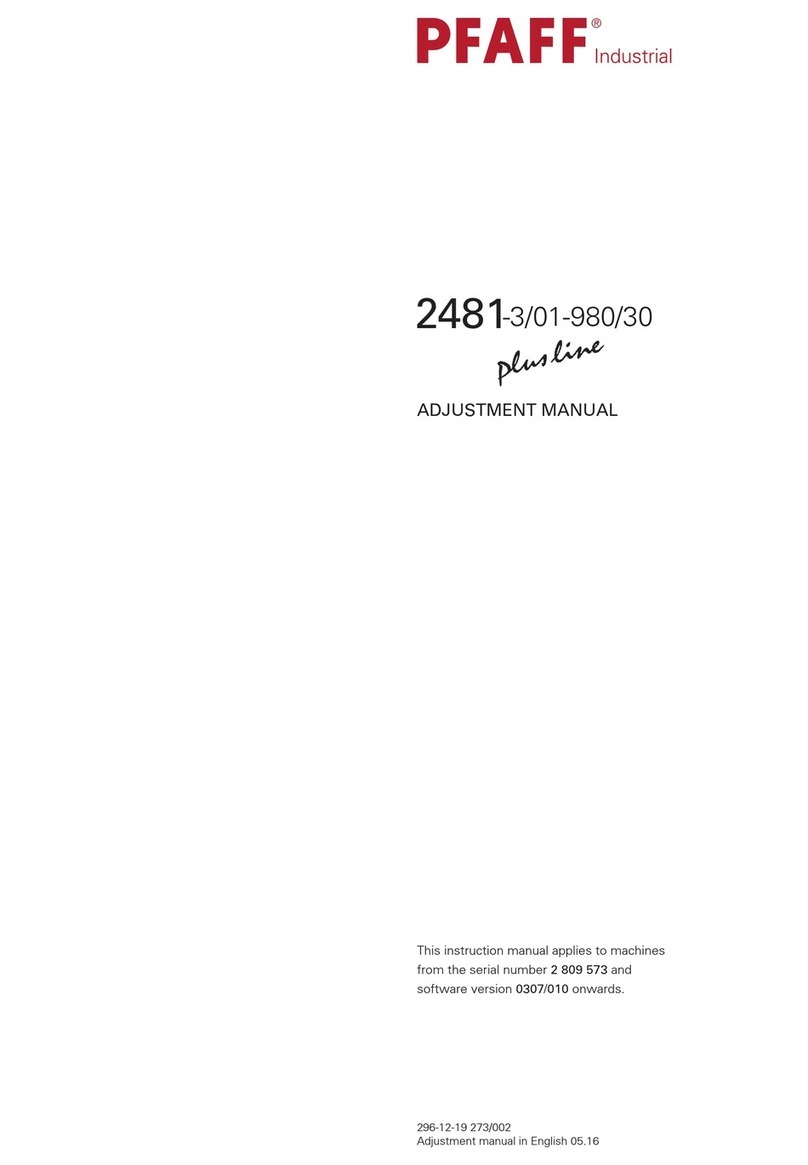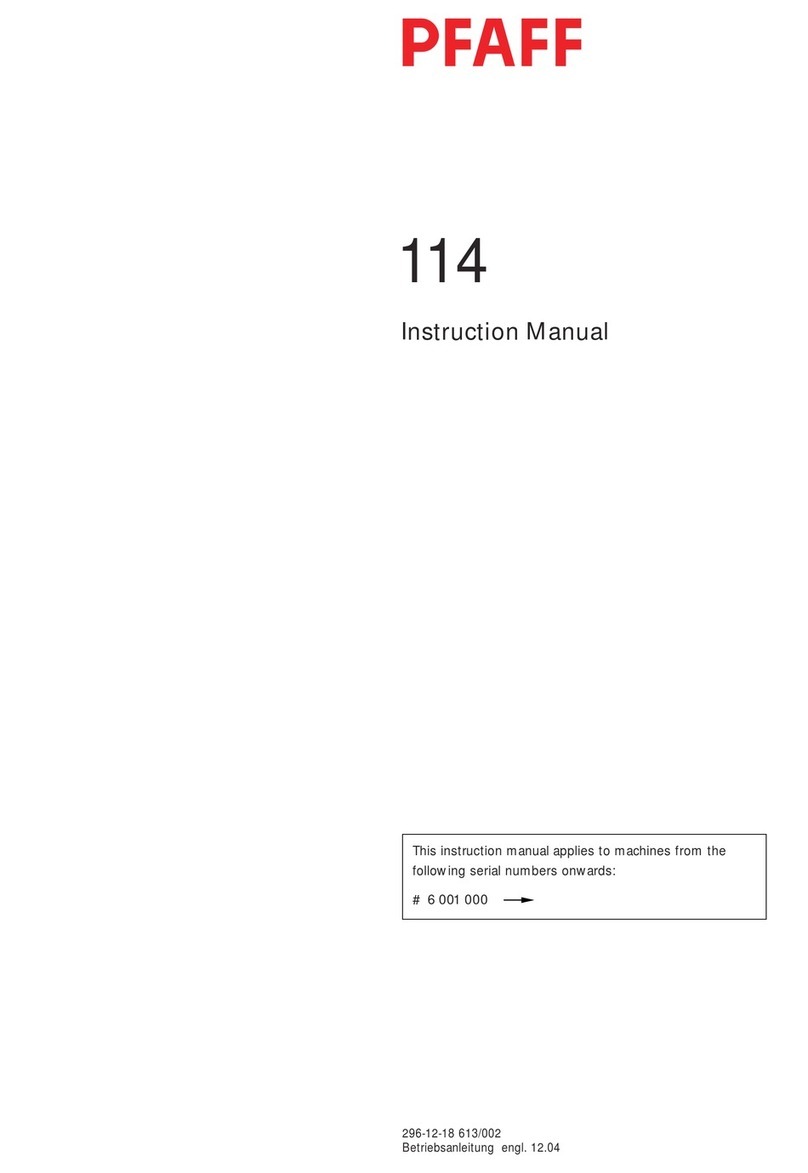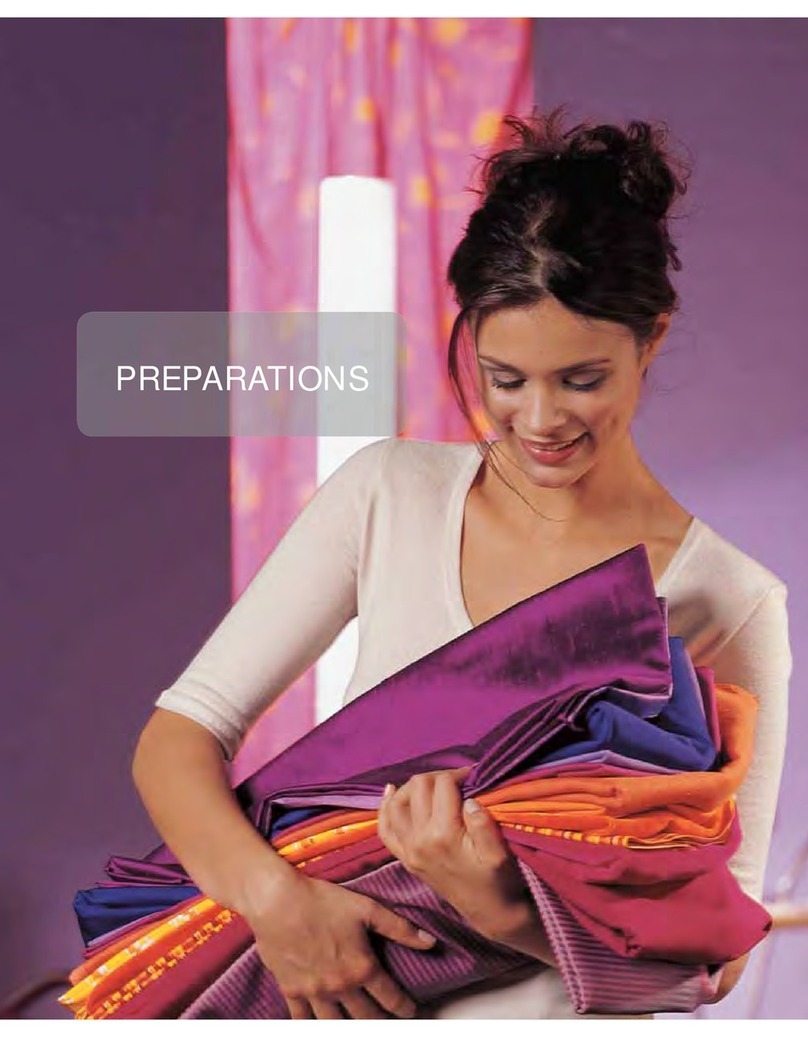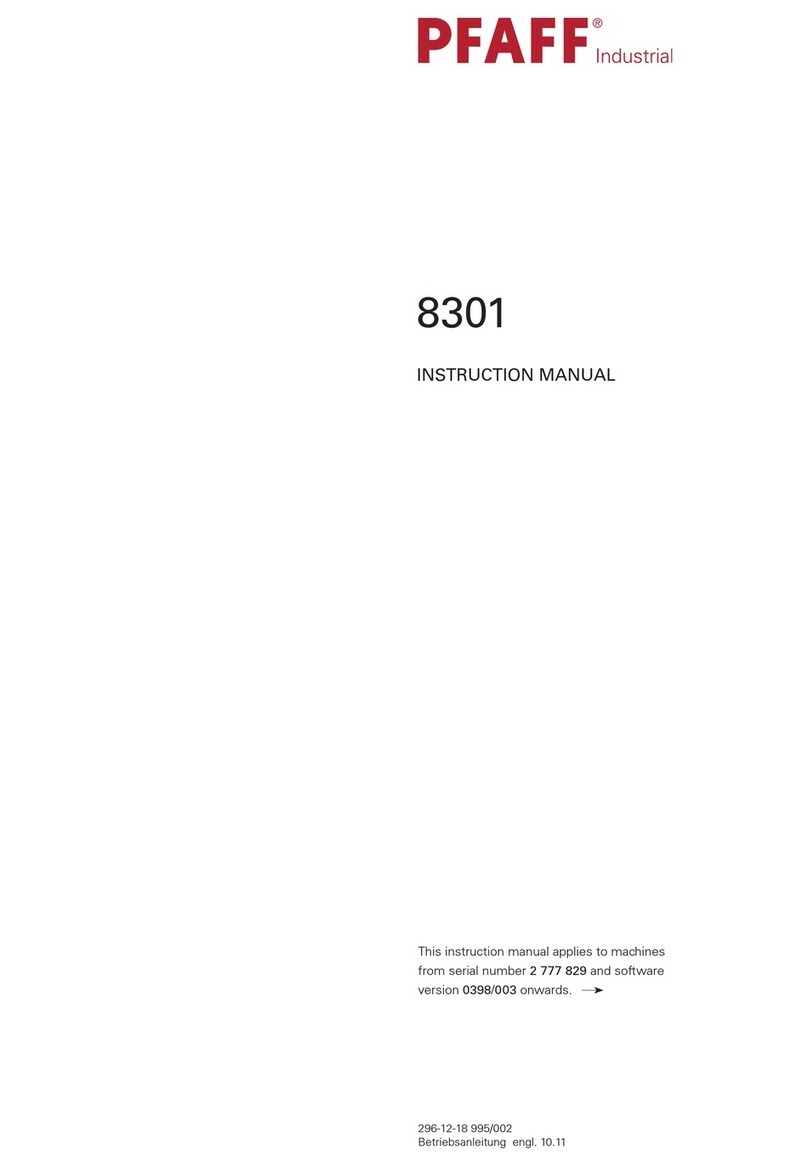Indice
Contents ...............................................................................Chapter - Page
9.06 Selecting the program number .................................................................................. 9 - 5
9.07 Inserting sewing jig.................................................................................................... 9 - 6
10 Sewing .................................................................................................................... 10 - 1
11 Programming ......................................................................................................... 11 - 1
11.01 Summary of the functions in INPUT mode .............................................................. 11 - 1
11.01.01 Direct functions........................................................................................................ 11- 1
11.01.02 Menu functions........................................................................................................ 11 - 1
11.01.03 Summary of the menu functions ............................................................................. 11 - 2
11.02 Examples for selecting functions ............................................................................. 11 - 3
11.02.01 Selecting a direct function ....................................................................................... 11 - 3
11.02.02 Selecting a menu function ....................................................................................... 11 - 3
11.03 Explanation of the menu functions .......................................................................... 11 - 4
11.04 Programming panel.................................................................................................. 11 - 9
11.04.01 Operation modes of the programming panel ........................................................... 11 - 9
11.04.02 Direct functions........................................................................................................ 11-10
11.04.03 Dialog keys .............................................................................................................. 11 - 10
11.04.04 Functions for block and pattern manipulation .......................................................... 11 - 11
11.04.05 Functions in INSERT mode ...................................................................................... 11 -11
11.04.06 Seam pattern programming ..................................................................................... 11 -13
11.04.07 Correcting sewing program ..................................................................................... 11 -20
12 Care and maintenance........................................................................................... 12 - 1
12.01 Cleaning the machine .............................................................................................. 12 - 1
12.02 Filling the oil reservoir .............................................................................................. 12 - 2
12.03 Cleaning the blower air filter .................................................................................... 12 - 2
12.04 Checking/adjusting air compression......................................................................... 12 - 3
12.05 Cleaning the air filter of the air filter / lubricator ....................................................... 12 - 3
12.06 Emptying the water trap .......................................................................................... 12 - 4
13 Adjustment ............................................................................................................. 13 - 1
13.01 Notes on adjustment ............................................................................................... 13 - 1
13.02 Tools, gauges and other accessories ....................................................................... 13 - 1
13.03 Abbreviations ........................................................................................................... 13 - 1
13.04 Pulling out/inserting the sewing head ...................................................................... 13 - 2
13.05 Checking and adjustment aids ................................................................................. 13 - 3
13.06 Adjustment of the sewing head ............................................................................ 13 - 4
13.06.01 Adjusting the synchronizer....................................................................................... 13 - 4
13.06.02 Preadjusting needle height ...................................................................................... 13 - 5
13.06.03 Counter presser lifting stroke .................................................................................. 13 - 6
13.06.04 Needle in the needle hole center ............................................................................. 13 - 7
13.06.05 Hook shaft bearing and hook-to-needle clearance ................................................... 13 - 8
13.06.06 Needle rise, needle height and bobbin case position stop....................................... 13 - 9
13.06.07 Bobbin opener height............................................................................................... 13 -10
13.06.08 Bobbin opener position ............................................................................................ 13 - 11
13.06.09 Bobbin opener movement ....................................................................................... 13 -12
